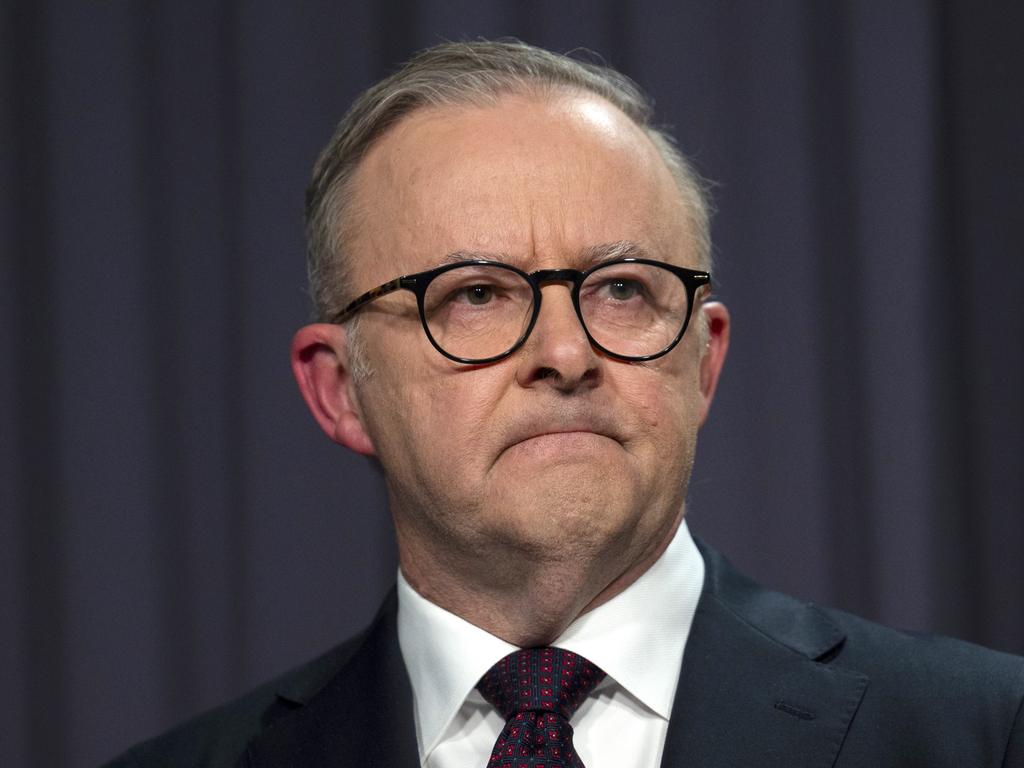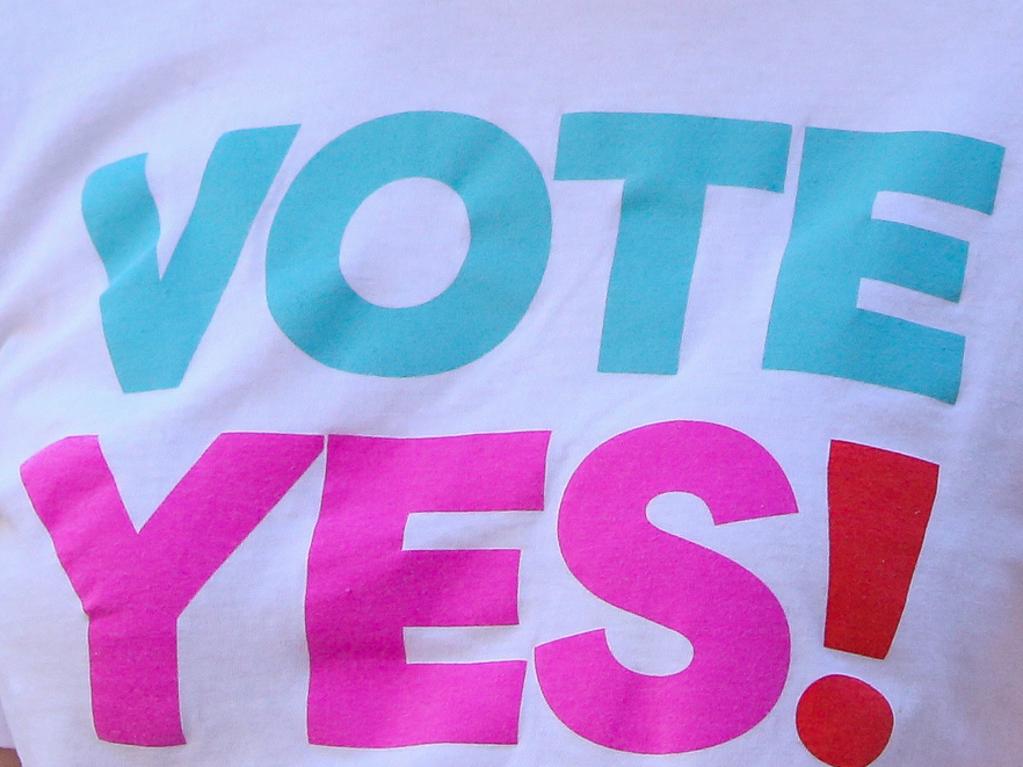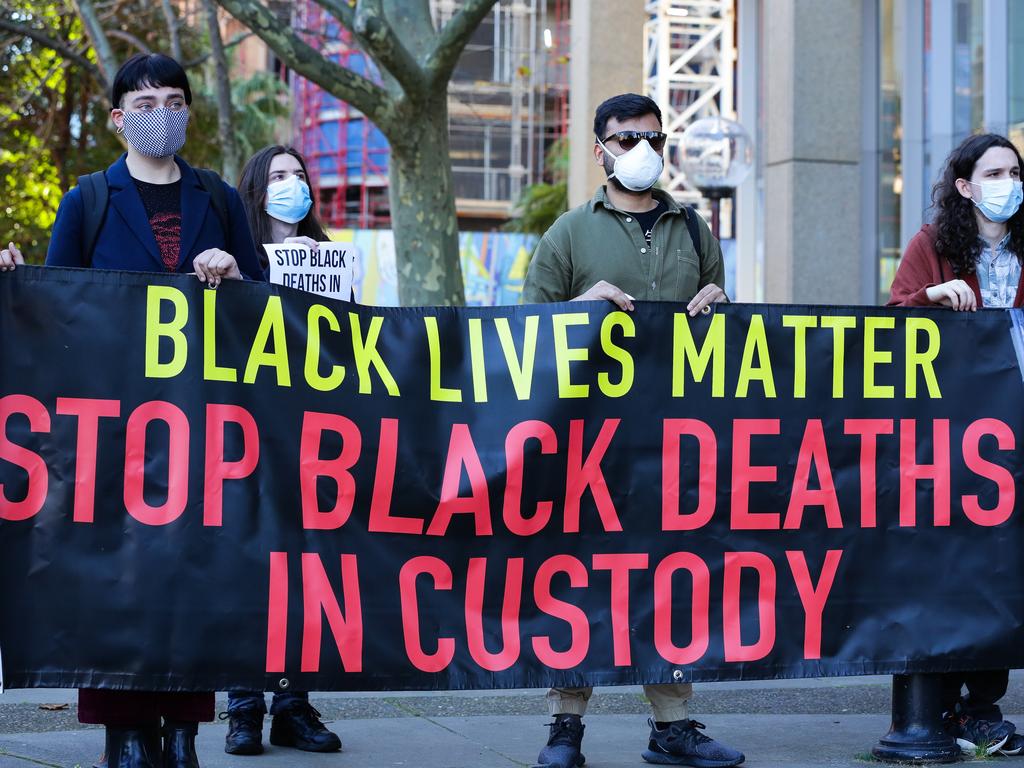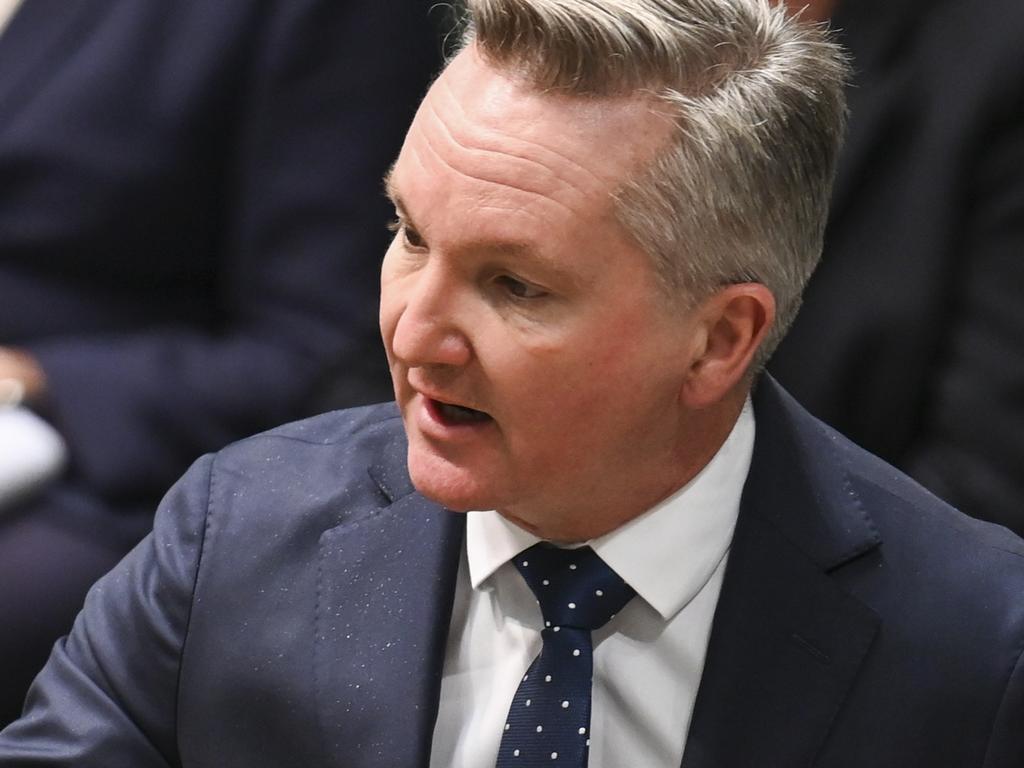Fawlty Towers Budget has us all $45,000 in the red
FIRST, the great news -- straight from Treasurer Eric Roozendaal: ``Just two short years and NSW will be back in the black.'' Now the bad news -- no one believes him.
Spending three hours locked in Governor Macquarie Towers with 100 or so reporters poring over the state Budget papers will test the most enthusiastic optimist. Any resolution to seek out the affirmative in the 2009-10 Budget wasn't strengthened by the sight of Premier Nathan Rees fleeing his Fawlty Towers office minutes before the media was admitted. Reading Budget papers, it was clear he wasn't needed. He was as irrelevant as Treasurer Roozendaal. Apart from a sprinkling of initiatives designed to capture talk-back time, the NSW Budget owes more to the Rudd Labor Government's stimulus plunge and templates developed by the South Australian and Queensland Governments. Those initiatives, to give priority to Australian-made goods and local services and to cut stamp duty for those who buy newly-constructed dwellings worth up to $600,000, will be welcomed by those still employed and those with money to invest. Unfortunately, unemployment is tipped to hit 8.5 per cent and Treasury forecasts a $10billion revenue loss over the next four years. That is not the Budget's most glaring disconnect. The stand-out is the extraordinary claim the Rees Government will slow public service expenses growth from 6per cent to 4 per cent and deliver improved service efficiencies at the same time. This is what the new Better Services and Value Plan promises, despite Labor's record as an inefficient public service manager. Most people in NSW would be happy if any of the services they needed simply worked. They don't care for cosmetic make-overs. The State is a basket case needing more than re-announcements of old and unfulfilled promised infrastructure projects to give its residents a lift. Roozendaal insulted the collective intelligence of NSW residents when he said the Rees Government would ``continue to be fiscally responsible'' as it embarked on its strong new plan of efficiency improvement. The state's fiscal position is not strong, as he claimed. And he is not using its balance sheet as a ``shock absorber'', he's using it as a punching bag. In Roozendaal's words ``borrowing equals infrastructure equals jobs''. This is the sort ofinanity Federal Treasurer Wayne Swan resorts to when he can't find the notes his secretary tucked in his coat pocket. While there is a strong argument for borrowing to finance infrastructure programs, state and federal Labor history would indicate a streak of innate incompetence that cannot be removed through some public relations adviser's sleight-of-hand. No one (except the Rees Government) doubts the state is in crisis. The tragedy is the crisis is wasted on this gang. Because of its ineptitude it has wasted the moment looking for answers it can borrow and copy. Leadership is absent. Working from the Rees Government's forecasts, the average debt burden residents of NSW will carry courtesy of the state has increased to about $30,000. The Rudd Labor Government economic stimulus measures add an extra $9000 on top of that. Now, $40,000 or so is a lot of red ink. But, says Roozendaal, we will be back in the black in two short years, the funniest line in the Budget. In the real world, it is recognised that tinkering at the margins will not save NSW. It will not build the long-promised infrastructure or deliver the pledged reforms. Nor should such measures save the Rees Government when it goes to its mandated election in March 2011, two long years away.






